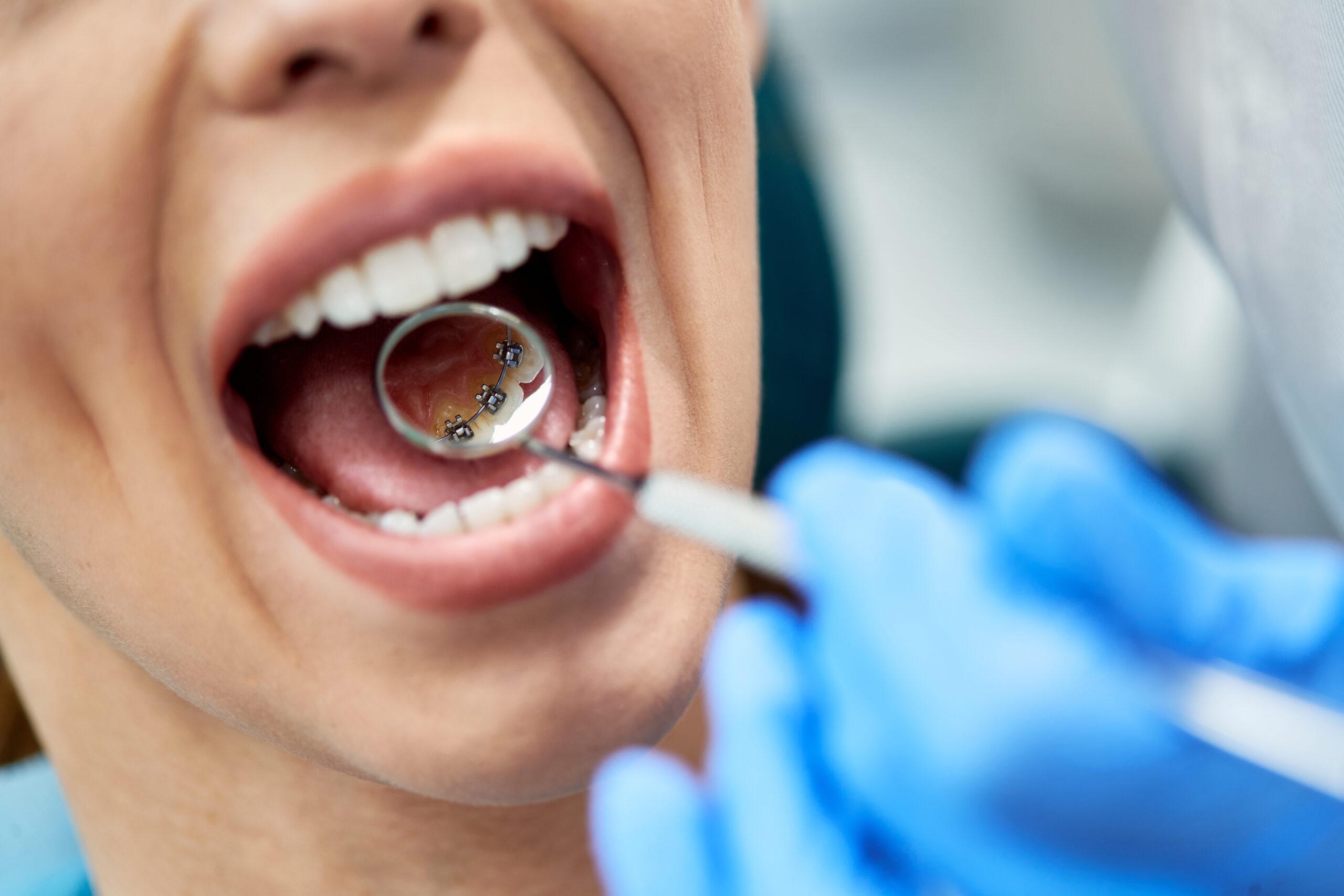All About Legacy Orthodontics
All About Legacy Orthodontics
Blog Article
Get This Report on Legacy Orthodontics
Table of ContentsWhat Does Legacy Orthodontics Mean?Getting The Legacy Orthodontics To WorkA Biased View of Legacy OrthodonticsWhat Does Legacy Orthodontics Mean?The Of Legacy Orthodontics
At Advanced Orthodontics, we provide individuals with a holistic treatment experience. Additionally, we use flexible therapy schedules, adaptable repayment choices and a fun, delightful experience. braces. Phone call ( 480) 357-4900 today for more details and routine a visit.An orthodontist is a dentist educated to diagnose, stop, and treat teeth and jaw irregularities. They deal with existing conditions and are educated to determine issues that may establish in the future. Orthodontists function with people of any ages, from kids to grownups. Individuals frequently connect an ideal smile with healthiness.
Malocclusion, or misaligned teeth, can lead to oral concerns, including dental caries, periodontal disease, and difficult or uncomfortable eating. Yet not everybody is born with straight teeth. If you have a poor bite or large spaces in between your teeth, you may intend to speak with a dentist focusing on orthodontic treatment.
Some Known Facts About Legacy Orthodontics.
( Photo Credit Rating: DigitalVision/Getty Images) Orthodontists use taken care of and removable dental devices, like dental braces, retainers, and bands, to transform the position of teeth in your mouth. Orthodontic treatment is for oral abnormalities, including: Misaligned teethBite issues, like an overbite or an underbiteCrowded teeth or teeth that are as well much apartJaw misalignmentThe goal of orthodontic treatment is to improve your bite.
A healthy and balanced bite ensures you can eat, eat, and speak correctly. While you may consider orthodontists as mainly for children or young adults that need dental braces, they can fix oral problems at any age. Orthodontists participate in college, oral school, and orthodontic institution. After graduation, they spend 2 or 3 years in an orthodontic residency program.
All orthodontists are dental practitioners, yet not all dentists are orthodontists. Orthodontic residency programs use extensive, focused guideline for oral experts. They concentrate on two locations: Exactly how to effectively and securely move teeth Just how to properly assist development in the teeth, jaw, and faceOnce an orthodontist has actually finished training, they have the choice to come to be board accredited.
6 Easy Facts About Legacy Orthodontics Shown
Misalignment, or malocclusion, is one of the most typical factor individuals see an orthodontist. It is genetic and is the outcome of dimension differences between the upper and lower jaw or in between the jaw and teeth. Malocclusion leads to tooth congestion, an irregular jaw, or uneven bite patterns. Malocclusion is typically treated with: Your orthodontist connects steel, ceramic, or plastic square bonds to your teeth.
Some people need a headwear to assist relocate teeth right into line with stress from outside the mouth. A retainer is a custom-made device that maintains your teeth in area.
They're frequently utilized on youngsters. They can produce extra space in the mouth without needing to draw teeth. If you have a severe underbite or overbite, you may require orthognathic surgical procedure (also called orthodontic surgical procedure) to lengthen or reduce your jaw. Orthodontists make use of cables, surgical screws, or plates to support your jaw bone.
You may need to see an orthodontist if you have: Crowding or not adequate room for all of your teethOverbite, when your top teeth come your base teethUnderbite, when your bottom teeth are as well much forwardSpacing or problems with gapsCrossbite, which is when your upper teeth fit behind your base teeth when your mouth is closedOpen bite or an upright gap in between your front base and top teethMisplaced midline, when the facility of your bottom and top teeth do not align Fixing a dental malocclusion can: Make biting, eating, and speaking easierImprove the balance of our face and your overall appearanceEase discomfort from temporomandibular joint disordersDifferent your teeth and make them less complicated to cleanse, assisting stop dental caries or tooth cavities It's usually a dental professional that first notifications misaligned teeth during a routine exam.
Indicators on Legacy Orthodontics You Should Know

Throughout your initial orthodontic consultation, you'll likely have: An oral examPhotos taken of your face and smileDental X-raysPanoramic (360 degree) go X-rays of your face and headImpressions to develop mold and mildews of your teethThese examinations will aid your orthodontist recognize just how to continue with your therapy. invisalign. An orthodontist is a dental expert that's had training to treat your teeth and jaw
An orthodontist is focused on your bite, so something like a broken tooth would certainly be taken care of by a dental practitioner. Orthodontists are concentrated on your bite, or the method your teeth fit together, and the straightness of your teeth.
Ever before questioned how stars always appear to have flawlessly aligned teeth? The answer typically exists in the competent hands of an orthodontist. What exactly does an orthodontist do? Orthodontists are dental professionals who focus on fixing abnormalities in the teeth and jaws. Their proficiency exceeds just creating an attractive smile; it encompasses boosting your overall dental wellness and function.
Legacy Orthodontics for Dummies

, orthodontists have a varied toolkit at their disposal. These reliable dental braces make use of a system of braces adhered to the teeth and linked by cords.
Clear aligners, like Invisalign, are a prominent option for individuals seeking a much more very discreet treatment choice. These removable trays are tailor-made to gradually move the teeth's setting. Headgear may be used together with braces or aligners to apply additional targeted pressures, particularly for correcting jaw inconsistencies. In situations of narrow jaws, palatal expanders can be used to create room for proper tooth positioning.
Report this page